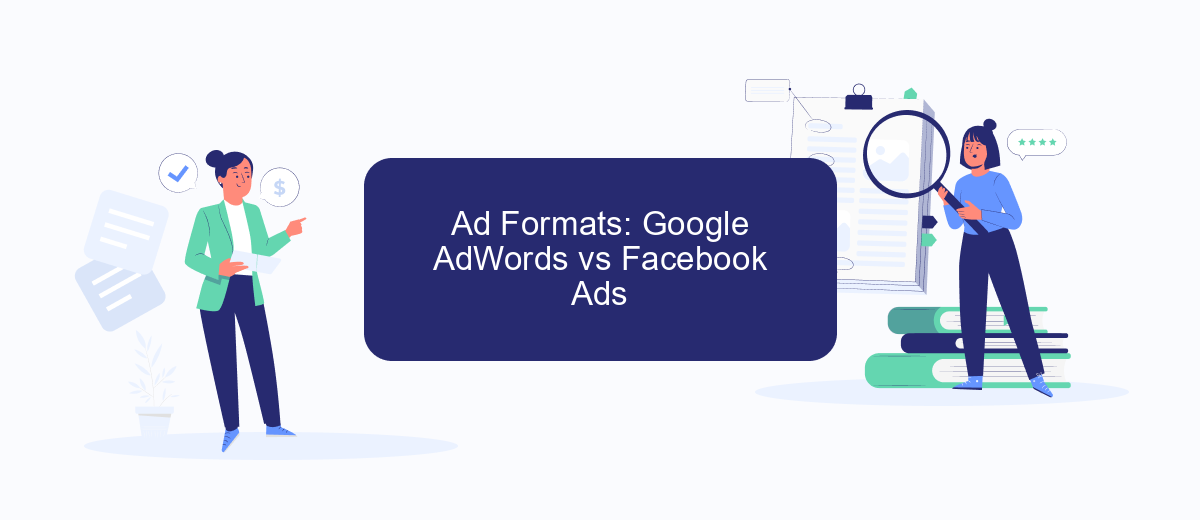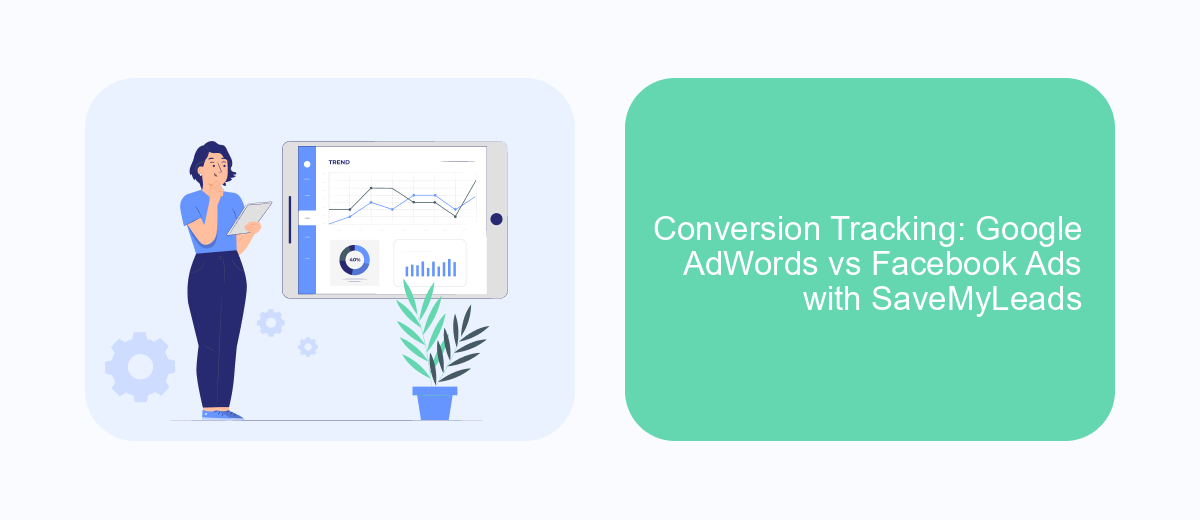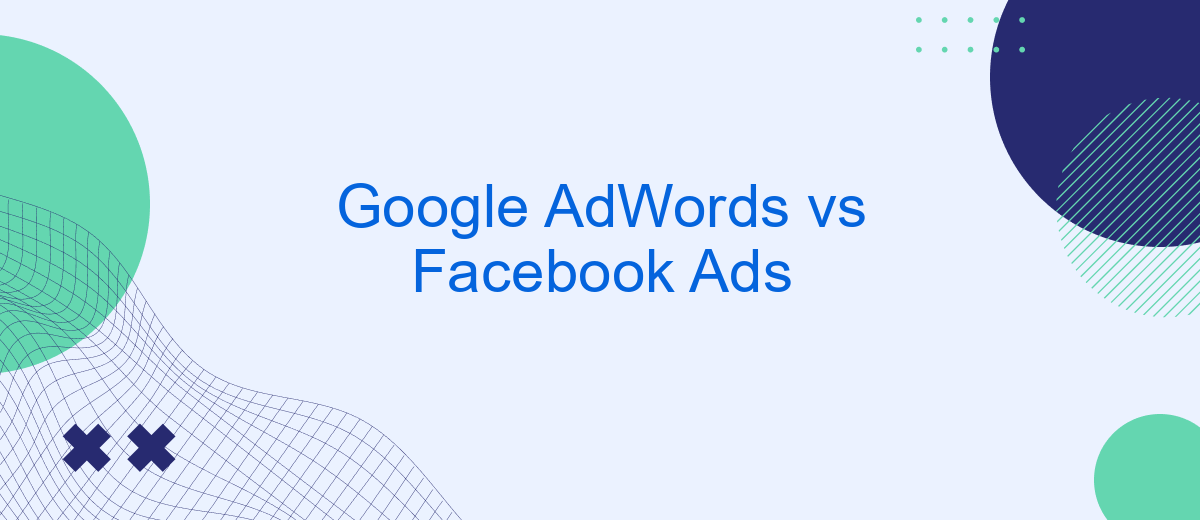In the ever-evolving landscape of digital marketing, businesses face the crucial decision of choosing the right platform to maximize their advertising efforts. Google AdWords and Facebook Ads are two giants in the industry, each offering unique advantages and targeting capabilities. This article delves into the strengths and differences of these platforms, helping marketers make informed choices to effectively reach their target audiences and achieve their business goals.
Google AdWords vs Facebook Ads: Overview
In the digital advertising landscape, Google AdWords and Facebook Ads stand out as two of the most prominent platforms for businesses aiming to reach their target audience. Both platforms offer unique features and benefits, making them suitable for different marketing objectives and strategies. Understanding the key differences between Google AdWords and Facebook Ads can help businesses make informed decisions about where to allocate their advertising budget.
- Google AdWords: Primarily focuses on intent-based search advertising, targeting users actively searching for specific products or services.
- Facebook Ads: Leverages social media engagement, allowing businesses to target users based on interests, demographics, and behaviors.
- Cost Structure: Google AdWords typically operates on a pay-per-click model, while Facebook Ads can be optimized for various objectives such as impressions, clicks, or conversions.
- Audience Reach: Google AdWords taps into the vast search network, while Facebook Ads provides access to a massive social media audience.
Ultimately, the choice between Google AdWords and Facebook Ads depends on the specific goals of a business. For those looking to capture intent-driven leads, Google AdWords may be more effective. On the other hand, Facebook Ads can be ideal for brand awareness and engaging potential customers through social interactions. A balanced approach, utilizing both platforms, can often yield the best results.
Targeting Options: Google AdWords vs Facebook Ads

When it comes to targeting options, Google AdWords and Facebook Ads offer distinct approaches to reaching potential customers. Google AdWords primarily focuses on keyword-based targeting, allowing advertisers to display ads based on specific search terms entered by users. This method is highly effective for capturing intent-driven users actively searching for products or services. Additionally, AdWords provides options for location, language, and device targeting, enabling businesses to refine their audience based on geographic and demographic factors.
In contrast, Facebook Ads excel in demographic and interest-based targeting. Leveraging the vast amount of user data Facebook collects, advertisers can reach audiences based on interests, behaviors, age, gender, and more. This allows for highly personalized ad campaigns that resonate with specific user segments. Moreover, Facebook Ads offers advanced targeting features like Lookalike Audiences, which help businesses find new customers similar to their existing ones. For those looking to streamline their ad campaigns and integrate leads effectively, services like SaveMyLeads can automate the process, ensuring seamless data transfer and efficient management of advertising efforts.
Ad Formats: Google AdWords vs Facebook Ads

When comparing ad formats between Google AdWords and Facebook Ads, it's essential to understand how each platform allows businesses to engage with their target audiences. Google AdWords primarily focuses on search-based advertising, where ads appear in search results based on keywords. This format is ideal for capturing users with high intent, as they are actively searching for specific products or services. On the other hand, Facebook Ads leverage social media's visual and interactive nature, offering a variety of ad formats that blend seamlessly into users' news feeds.
- Google AdWords: Text Ads, Shopping Ads, Display Ads, Video Ads, App Promotion Ads.
- Facebook Ads: Image Ads, Video Ads, Carousel Ads, Slideshow Ads, Collection Ads, Instant Experience Ads.
Both platforms offer unique advantages depending on your marketing goals. Google AdWords is effective for capturing demand through search intent, making it ideal for direct response campaigns. Meanwhile, Facebook Ads excel in brand awareness and audience engagement through visually rich formats. By understanding the differences in ad formats, businesses can better strategize their advertising efforts to maximize reach and conversion across both platforms.
Conversion Tracking: Google AdWords vs Facebook Ads with SaveMyLeads

Conversion tracking is a crucial component for any digital marketing campaign, allowing businesses to measure the effectiveness of their advertising efforts. Both Google AdWords and Facebook Ads offer robust tools for tracking conversions, but they have distinct features that cater to different needs.
Google AdWords provides a comprehensive suite of tracking options, enabling businesses to monitor various conversion actions, from website purchases to app downloads. It leverages Google's vast data network to deliver precise insights into customer behavior. On the other hand, Facebook Ads focuses on user engagement within its platform, offering detailed analytics on how users interact with ads and pages.
- Google AdWords: Integrates with Google Analytics for seamless data tracking.
- Facebook Ads: Utilizes Facebook Pixel for tracking user actions on websites.
- SaveMyLeads: Automates lead data collection from both platforms for streamlined analysis.
SaveMyLeads enhances conversion tracking by automating the process of collecting and organizing lead data from both Google AdWords and Facebook Ads. This integration allows businesses to efficiently manage their advertising efforts, ensuring that valuable insights are easily accessible and actionable. By leveraging these tools, marketers can optimize their campaigns for better performance and higher return on investment.


Cost and ROI: Google AdWords vs Facebook Ads
When comparing the cost-effectiveness of Google AdWords and Facebook Ads, businesses must consider their budget constraints and marketing goals. Google AdWords typically operates on a pay-per-click model, which can be more expensive due to competition for high-demand keywords. However, it offers a broader reach and immediate visibility on search results, making it ideal for targeting users with high purchase intent. On the other hand, Facebook Ads tend to be more cost-effective for businesses looking to target specific demographics and interests, as they allow for precise audience segmentation and generally lower cost-per-click rates.
Evaluating the return on investment (ROI) is crucial for both platforms. Google AdWords often delivers a higher ROI for businesses focused on lead generation and direct sales due to its intent-driven nature. In contrast, Facebook Ads excel in brand awareness and engagement, offering a different kind of ROI through increased visibility and customer interaction. For businesses looking to streamline lead management and maximize ROI, integrating tools like SaveMyLeads can automate the process of capturing and nurturing leads from Facebook Ads, ensuring a more efficient conversion funnel.
FAQ
What are the main differences between Google AdWords and Facebook Ads?
Which platform is more cost-effective: Google AdWords or Facebook Ads?
Can I use both Google AdWords and Facebook Ads simultaneously?
How can I integrate Google AdWords and Facebook Ads data for better analysis?
Which platform is better for lead generation: Google AdWords or Facebook Ads?
What do you do with the data you get from Facebook lead forms? Do you send them to the manager, add them to mailing services, transfer them to the CRM system, use them to implement feedback? Automate all of these processes with the SaveMyLeads online connector. Create integrations so that new Facebook leads are automatically transferred to instant messengers, mailing services, task managers and other tools. Save yourself and your company's employees from routine work.
